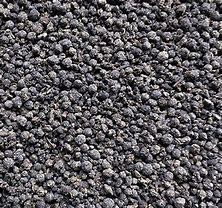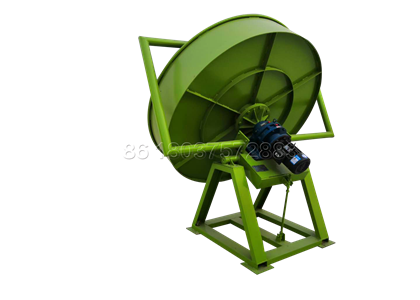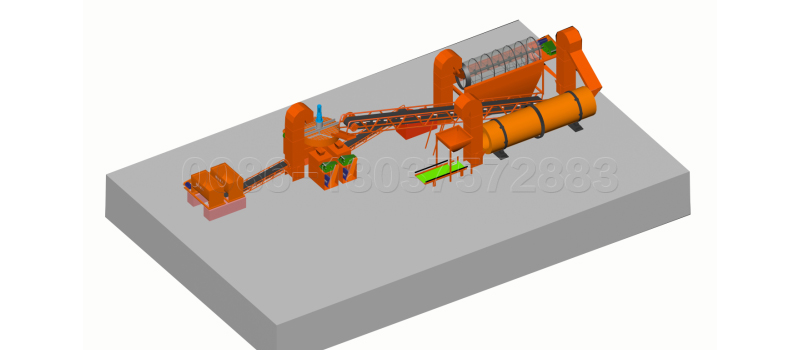The application of organic fertilizer can improve the soil structure, but its effective nutrient content is low and the fertilizer efficiency is slow. Biological fertilizer can enhance soil fertility, stress resistance and disease resistance, but the biological fertilizer itself does not contain nutrients.
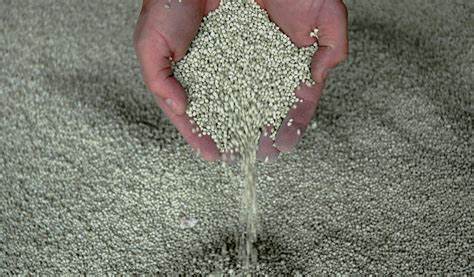
According to the advantages and disadvantages of chemical fertilizer, traditional organic fertilizer and biological fertilizer. Zhengzhou SX chemical fertilizer plant has developed a new type of compound biological fertilizer, which has the functions of biological bacteria activating soil and transforming soil nutrients. We also designed the production method of biological fertilizer.
Benefits of applying biological fertilizer
Biological fertilizer has the characteristics of organic fertilization, soil improvement and rapid effect of inorganic nutrients, which can improve crop quality.
2. Biological fertilizer can increase the nutrient content of nitrogen, organic matter, soluble phosphorus and soluble potassium in soil, increase the number and quantity of beneficial microorganisms in soil, and enhance the function of disease resistance, drought resistance and metabolism of crops.
3. Biological fertilizer has a positive effect on increasing crop yield, improving crop quality and increasing agricultural economic income.
Production technology of pellet bio fertilizer
Due to the advantages of powder fertilizer, such as convenient agglomeration, uneven volume, unfavorable mechanized application, inconvenient transportation and storage, and serious use of biological fertilizer, granulation of biological fertilizer is an urgent need in actual production. The pan type fertilizer granulator is more suitable for the production of biological fertilizer.
Production of biological fertilizer with Pan fertilizer granulator
The effects of production formula, grinding fineness and water content of powdered fertilizer on granulation effect of compound biological fertilizer were studied. The fermented organic fertilizer was crushed and screened, and then mixed evenly with a certain proportion of inorganic fertilizer, and granulated by a pan fertilizer granulator. The pan type fertilizer granulator is equipped with spraying device, which can evenly add water to the material. In the process of biological fertilizer production, granulation is carried out according to the appropriate parameters, so as to improve the production efficiency.
Biological fertilizer granules are dried and screened to obtain the fertilizer we need.
Want to know how to make bio fertilizer products, welcome go to https://organicfertilizerplants.com/bio-organic-fertilizer-production/
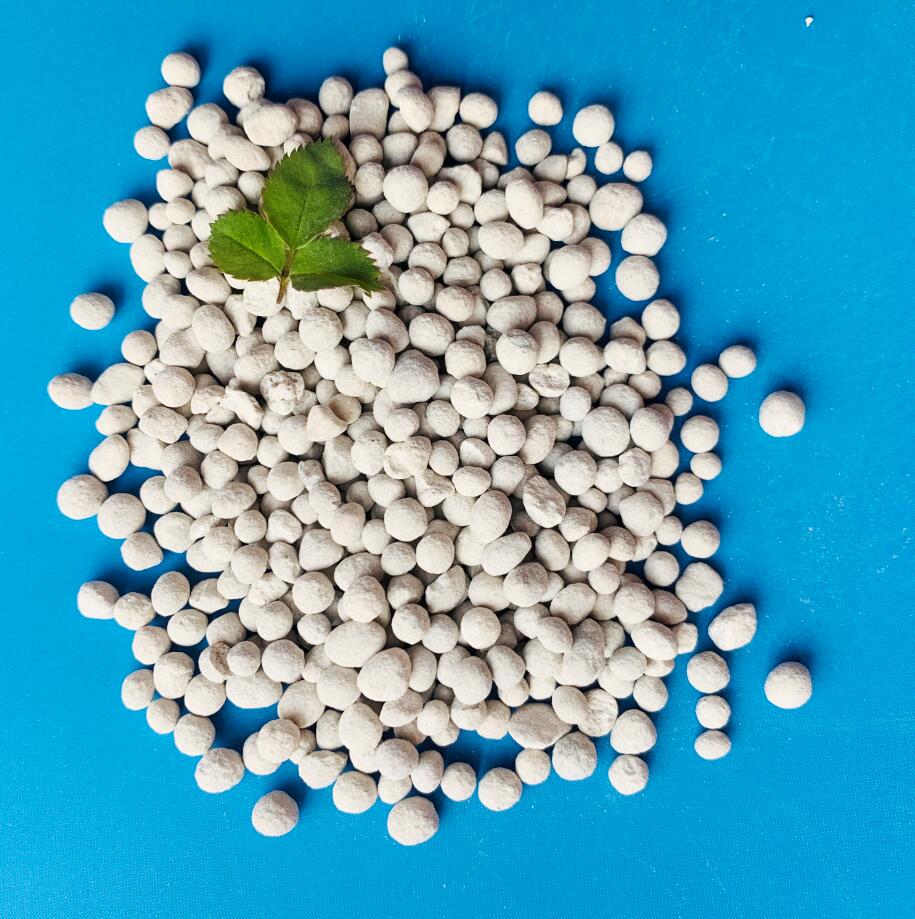



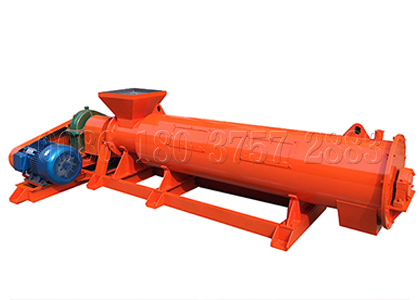

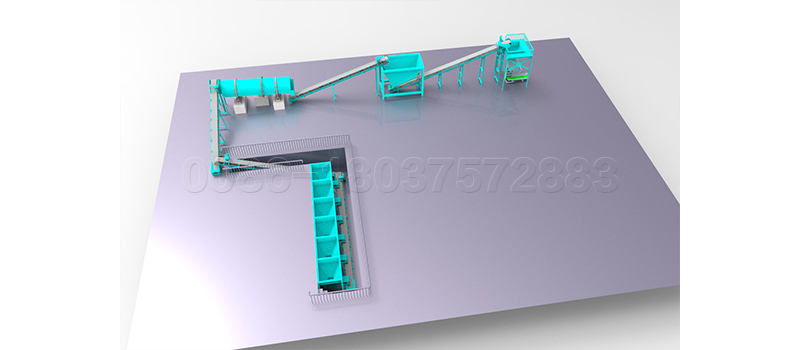
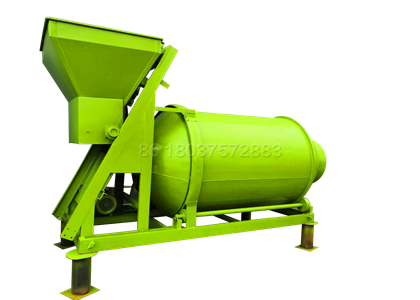 Bulk Fertilizer Blender
Bulk Fertilizer Blender 
